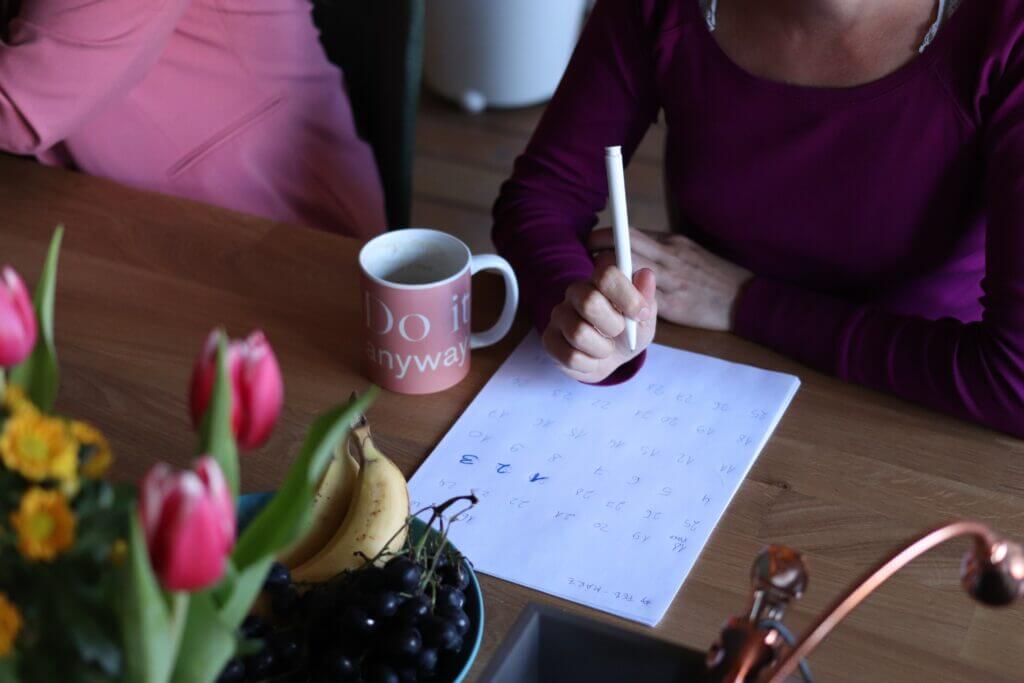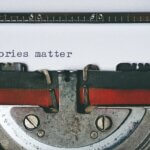“Journalists help us understand the world of public affairs beyond our direct experience” – Patterson, 2013
When I set out to write my master’s thesis, I didn’t realize I would discover a diet. It’s not really a weight-reduction plan though. More of a communication diet. Called the WDIET or What Now Diet, my research findings led me to a framework that aids effective development communications borrowing learnings from constructive journalism and positive psychology.
The study
Aside from getting a master’s diploma and showing the world that I am able to conduct a scientific study (these are my Learner and Achiever strengths kicking in – see CliftonStrengths), the goal of my thesis was to find out which constructive news frames are present or can be explored in European migration news.
I conducted my research in 2015 when constructive journalism was just at its inception. There were no books written about it yet except for Cathrine Gyldensted’s From Mirrors to Movers and Ulrik Haagerup’s Constructive News. I was a believer in the concept and wanted to find out if there are frames present and often the analyst, I wanted to break conctructive stories apart and see if I can find a structure that can be pursued in the development of more stories.
This led me to WDIET.
WDIET method
Call it a method, a model or simply a mnemonic, WDIET stands for:
What now
This follows the future-focused questioning added as an additional dimension to constructive news stories. Where a traditional news item only answers the who, what, when, where, why and how question, a constructive news report aims to answer the “what now” question. What happens now?

Data
Data refers to information or corroborating material for your article, development story or news material. According to Gyldensted who is one of the sources of the thesis, it is best to provide this information in infographic style since visual data is easiest to understand.
Impact
Constructive journalism is about mindset, a positive mindset, all the interviewees mentioned. So positive impact is a requirement. When one sets to write a story, the writer recognizes that there are faults in the system but also opportunity and a constructive writer will go for opportunity every time. Hence, the positive impact of the story.
Empathy
Empathy refers to one of the elements used in universal storytelling which is also called ’emotions.’ No story will ever be engaging without emotions woven into it. So think about releasing empathy from readers when writing a story. Positive emotions breed trust and returning followers.
Truth
And one last simple (or not so simple) check that every person who’s publishing a set of words out there must ask her/himself: “is it the truth?”
One of my professors called it, “light at the end of the tunnel” because it provides a structure for development communication professionals to pursue in the production of their stories.
If you’re a development communication professional, I’d like to know how and if you use the WDIET elements in your articles. Does it work?#



